If you are one of the 116 million American adults affected by chronic pain [1] (think persistent headaches, lower back and muscle pain), we are willing to bet the ways in which you find relief include, but are not limited to, regular visits with your doctor, anti-inflammatory pills and low-impact workouts, like walking and yoga. While these are all part of an effective pain plan, there’s one thing you might be missing: food.
“Eating a diet that regularly consists of sugar, flour, omega-6 oils, and Trans fats leads to chronic inflammation, which augment pain expression,” says David R. Seaman, DC, MS, a professor of clinical sciences at the National University of Health Sciences in Pinellas Park, Fla. “Being overweight or obese also promotes pain and this is likely because these individuals are more likely to develop the metabolic syndrome, which has been associated with an increase in musculoskeletal pains.”
Perhaps unsurprisingly, the above ingredients are what make up the typical American diet. Excess amounts are regularly found in red and processed meats, refined grains and desserts, promoting inflammation rather than reducing it.
Though that’s not to say you can simply cut these foods out and be cured. “I could not eat a salad or some broccoli and expect the same pain-reducing outcome [as Tylenol],” says Dr. Seaman. “Food is just not that acutely powerful. So people need to develop the right mindset about food and pain.”
And the right mindset is this: Proper nutrition must be considered when treating chronic pain. “By avoiding or limiting processed foods, and limiting the intake of sugar, trans fats and red meat, inflammation can be reduced,” says clinical nutrition Rebecca Cipriano, MD, MS. “As inflammation decreases, pain decreases proportionally.”
Here, the pain-fighting foods to keep stocked in your kitchen.
Blueberries
The powerful antioxidants in blueberries, called anthocyanins, not only give the berries their blue color, but they also help to inhibit inflammation. Additionally, they’re rich in vitamin C, manganese, and fiber, which science finds boost brain health. Researchers from Tuft University in Boston recommend eating a 1/2 cup of blueberries daily, which isn’t that hard when you consider how equally great they taste atop cereal, oatmeal, yogurt, salads and bases for smoothies.
Cherries
Another fruit rich in anthocyanins are cherries, they can reduce inflammation markers by 25%, according to a Journal of Nutrition study. In fact, researchers from Oregon Health & Science University say tart cherries have the “highest anti-inflammatory content of any food.” Enjoy them by the bowl or in juice-form; just make sure they’re tart, says ABC News. Their sweeter counterparts don’t boast the same benefits.
Grapes
Dr. Cipriano loves red grapes for their resveratrol and AARP agrees, citing research from Rush University Medical Center in Chicago that finds resveratrol protects against the kind of cartilage damage that causes back pain. Outside of pain, this compound helps regulate blood sugar and protects against hearing loss. Oh, and it’s the main ingredient in wine. Need we say more?
Dark, leafy greens
Swiss chard, spinach, kale, broccoli and collard greens are rich in muscle-relaxing nutrients, like magnesium, vitamins E and K, reports Yahoo! Shine, which can help relieve migraines and sore muscles. Bonus: vitamin E protects against pro-inflammatory molecules called cytokines, reports ABC News. Get your fix in a salad or any one of these smoothie recipes from Real Simple.
Omega-3 fatty acids
For those suffering from chronic back pain, omega-3s can improve blood flow, making it possible for blood vessels to transport healing nutrients to spinal disks, says Neal D. Barnard, MD, author of Foods That Fight Pain. Foods sources include fatty fish, such as wild salmon, herring, mackerel and tuna, olive oil, nuts like almonds, flax- and chia seeds, says Dr. Cipriano. It’s important to note that you have to eat fish several times in order to reap these benefits, so it may be wise to consider taking supplements, too (especially if you’re not a fan of fish to begin with).
Herbs and spices
Here’s an easy way to increase the anti-inflammatory properties of the foods you eat while adding flavor, says Dr. Cipriano. Garlic, ginger, turmeric, cinnamon and cayenne pepper, as well as herbs like sage, parsley, and basil, all help to relieve pain. Not to play favorites, but turmeric promotes good cell function and “works in the body to turn off a NF-kappa B, a protein that regulates the immune system and triggers the process of inflammation,” reports ABC News.
Hot peppers
We know this sounds counter intuitive, but hear us out: Capsaicin is what gives hot peppers, like chili, their spicy flavor—and it’s also what offers natural pain relief. It stimulates nerve endings and reroutes pain signals. Consume them in raw- or powder form, or apply as a topical cream.
Soy
Edamame, anyone? Researchers from Oklahoma State University found that soy protein, like tofu and tempeh, mitigates pain more than milk-based protein. ABC News also reports on studies that show compounds in soy products, called isoflavones, lower inflammation levels in women. Is this the best case for Meatless Monday, or what?
Yogurt
Fact: yogurt is a probiotic powerhouse. Probiotics are live microorganisms, or active strains of good bacteria, that have been shown to relieve stomach pain and bloating, stopping pathogens from literally going to your gut. Yogurt is also part of a balanced breakfast. Just top your bowl of yogurt with a dash of cinnamon, some chia seeds, blueberries and almonds, and you’ve got the ultimate pain-fighting breakfast. No thanks necessary.
[1] http://healthland.time.com/2011/06/29/report-chronic-undertreated-pain-affects-116-million-americans/

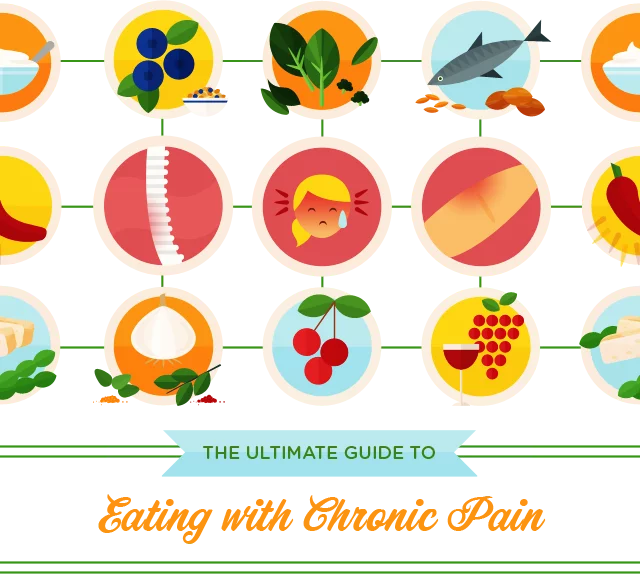


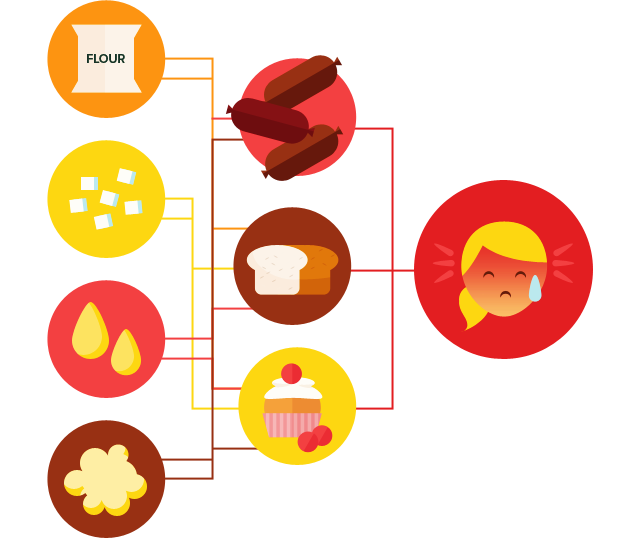

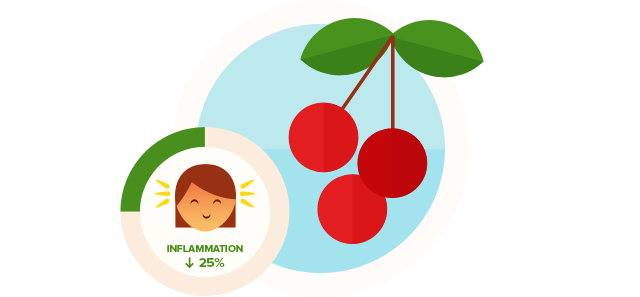

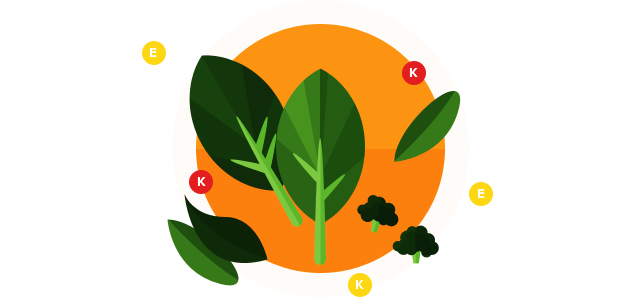
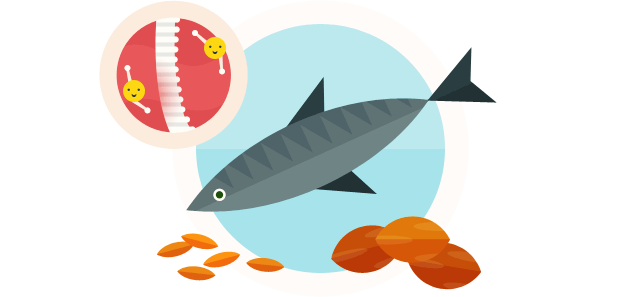
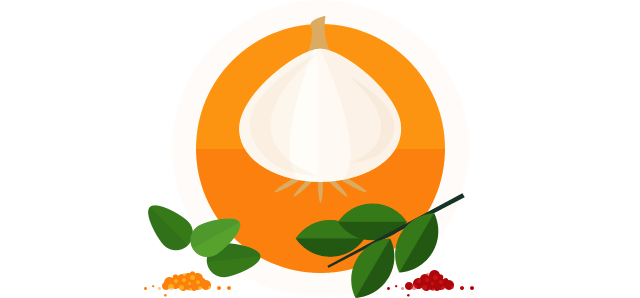


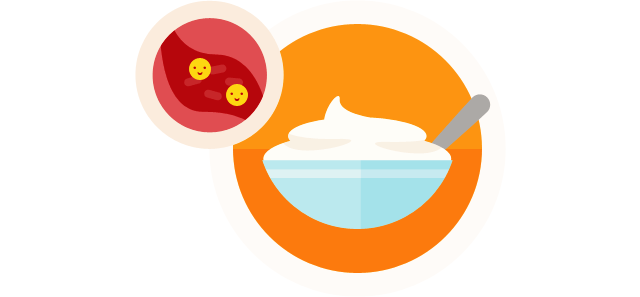


What a great read with the infographics and information. I rehab at Carteret Comprehensive Medical Care and they mentioned to me how important diet is during the rehab process as well.
Living with failed back syndrome
I woke up this morning with pain in all of my major muscles (from over-exercising the day before), and for breakfast I decided to finish off a half-container of blueberries. Within about 10 minutes, almost all of the pain went away, and the pain I still have is minimal. I wasn’t even aware that blueberries were meant to help with that problem, and only researched it because I noticed a difference after eating them. Who would expect little blue berries would do that?